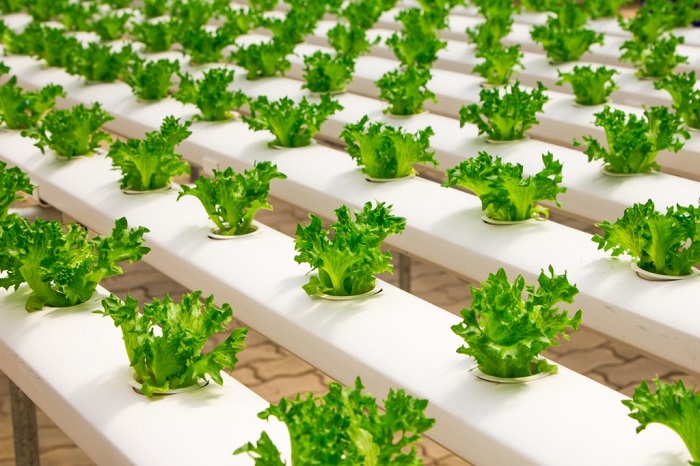
From time to time, hydroponic growers may face problems with their hydroponic systems and plants. Some problems can easily be resolved without causing too much stress. But there are some issues that can be confusing even for the most experienced grower. The most common issues in hydroponic gardens usually involve nutrient deficiency, algae growth, pests and pathogens. If you’re new to this type of gardening, being aware of the common problems that you may encounter and the best ways to fix them is important in order to produce healthy and high yielding plants.
Nutrition Deficiency
The correct composition and formulation of your nutrient solution is essential to provide your plants with all the required nutrients for optimal growth and higher yields. However, the composition of a nutrient solution changes as it flows throughout the root system and mineral ions are extracted.
The most common nutrient deficiency problems in plant species are potassium, nitrogen, magnesium, iron, and calcium. Iron deficiency is quite common in a cool growing environment, where the root system is saturated or severely damaged or where there are high pH levels. A magnesium deficiency on the other hand, is often caused by high levels of potassium in the solution. A calcium deficiency is usually the result of high humidity which can hamper transpiration and proper distribution of calcium.
Generally, the key to avoiding nutrient deficiency problems in plants is to keep accurate measurements. Being able to get accurate measurements of the solution’s conductivity, temperature, pH level and other important elements of the system allows you to react to various conditions before they create nutrient deficiency problems.
Algae Growth
Typically, the water, nutrients and light in your system induces algae growth. It usually appears as a green, reddish, black or brown, slimy growth that clings to gullies, channels and pumps or develops on the surface of the grow media. Algae produce a moldy or earthy smell. In addition to the unsightly appearance and unpleasant odor of algae, they can also block the dripper, pumps, emitter and filters and return channels of your system. Heavy growth can also spread over the growing substrates and the roots of oxygen.
Some growers tolerate little amounts of algae growth in the system as long as it does not become thick and widespread. A small growth doesn’t usually cause any problem. But when the growth has become excessive, your best option is to get the whole system cleaned after harvesting the crop and then start all over again with a clean and algae-free system.
Pests and Pathogens
Most indoor hydroponic gardens get attacked by various pests and pathogens such as spider mites, fungus gnats, white flies, pythium and aphids. Diseases such as fungi or mold may also affect the healthy growth of your plants. In order to produce a healthy crop, growers have several treatment methods to choose from such as commercial pesticide, biological control or specially formulated products for eliminating hydroponic garden pests.
Related Articles & Free Email Newsletter
Diluting Your Hydroponic Nutrient Solution May Lead to Better Yields
The Importance of Ventilation in Hydroponics
Why LED Grow Lights are Good for Beginning Hydroponic Growers




Comment here